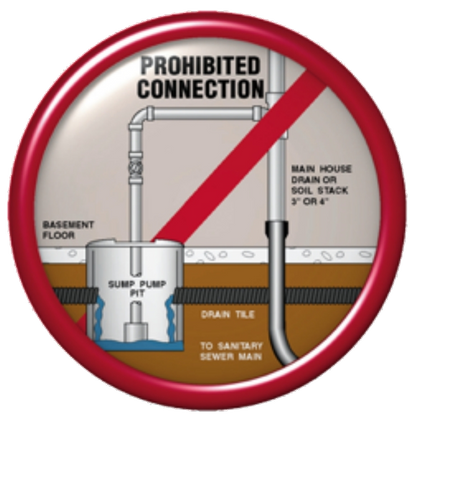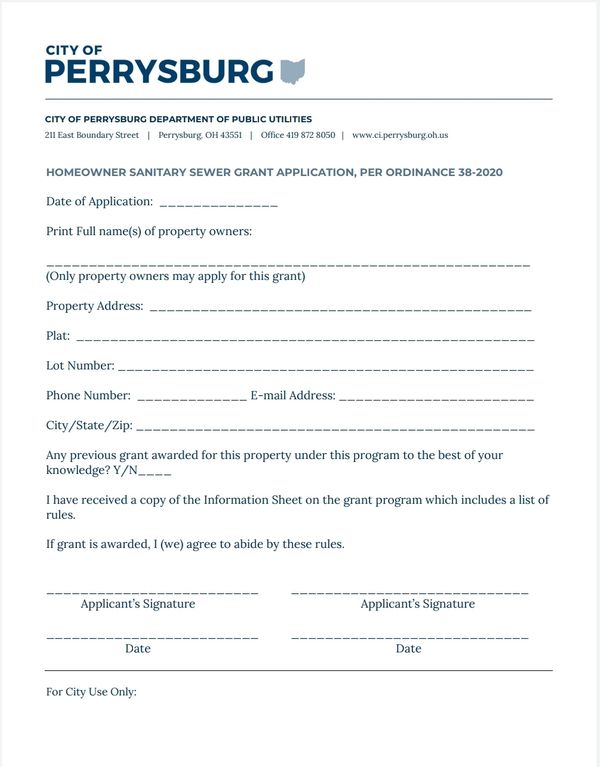Sanitary Storm Separation and Sewer Grant Funds
Pipe Doctor is your area expert on Sanitary Sewer Upgrades
WATER IS OUR GREATEST NATURAL RESOURCE
The City of Perrysburg is encouraging homeowners to take advantage of their grant program and remove any clear water connections from the sanitary sewer. This is in compliance with the Clean Water Act, as well as existing city ordinances. Since 1993, the City has offered homeowner grants to cover costs associated with this work. Recently, City Council increased the amount of funds available for this purpose to make the program more attractive. Homeowners are encouraged to take part in this initiative that will help reduce excess flow in the sanitary sewer system.
SEWER GRANT FUNDS
Homeowners in the City of Perrysburg can receive up to an $8,000 grant for projects that remove clear water connections from the sanitary sewer. If a storm sewer tap is not available, a grant up to $12,000 can be awarded for installation of one as part of the project. The program covers 80% of project costs up to $10,000 or $15,000 respectively.
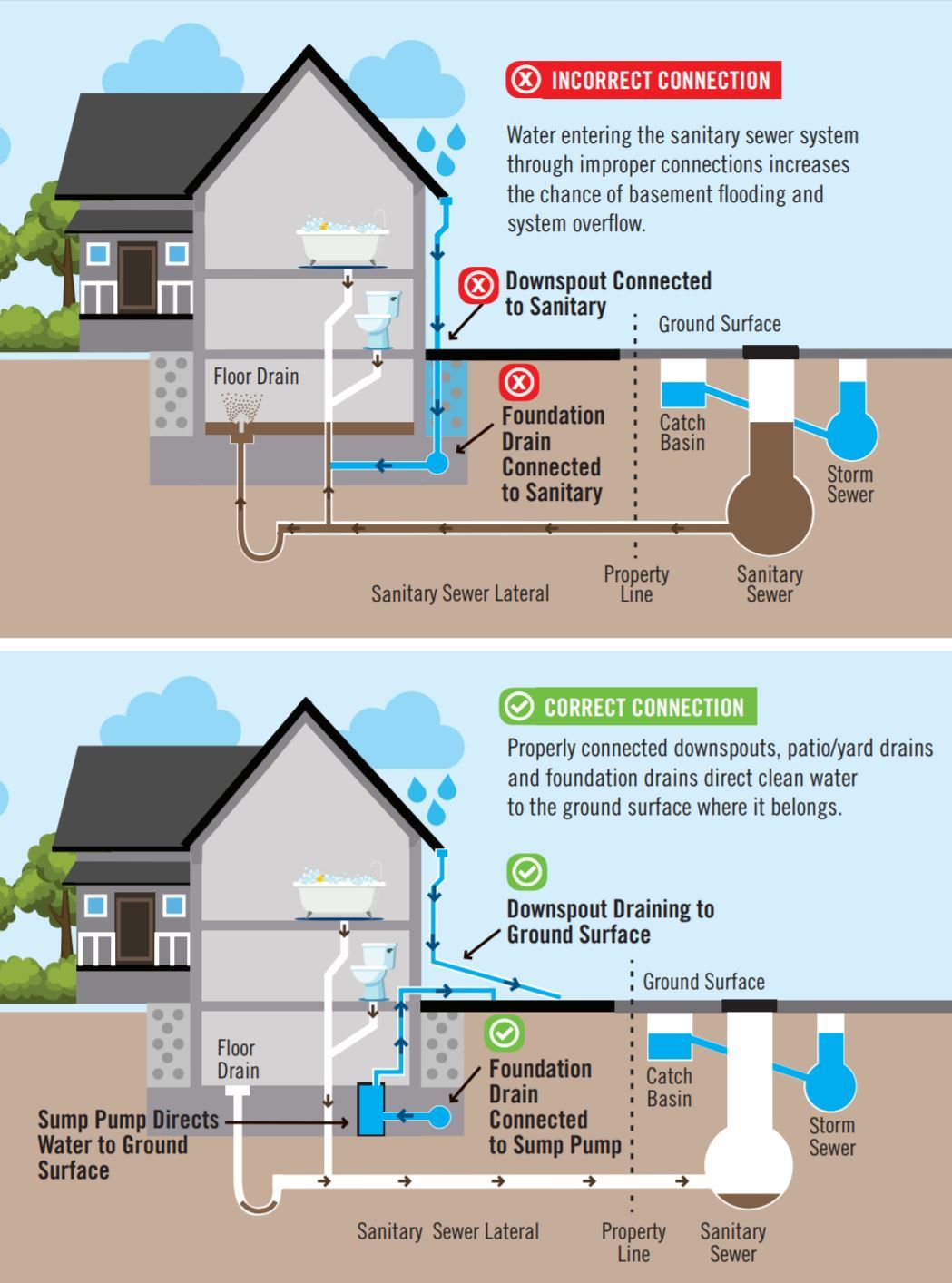
Seperate any clear water connections from the sanitary sewer.
Rules of Sewer Grant Funds Application
RESIDENTial Service Areas
We work in various cities/towns, if you are unsure if we can serve you, please contact us!
SERVING THE GREATER TOLEDO AREA
- Oregon
- Perrysburg
- Sylvania
- Toledo
- Waterville
SERVING NORTHWEST OHIO CITIES
- Archbold
- Bowling Green
- Delta
- Findlay
- Grand Rapids
- Pemberville
- Swanton
- Whitehouse
SERVING SOUTHEAST MICHIGAN CITIES
- Bedford Township
- Lambertville
- Ottawa Lake
- Temperance
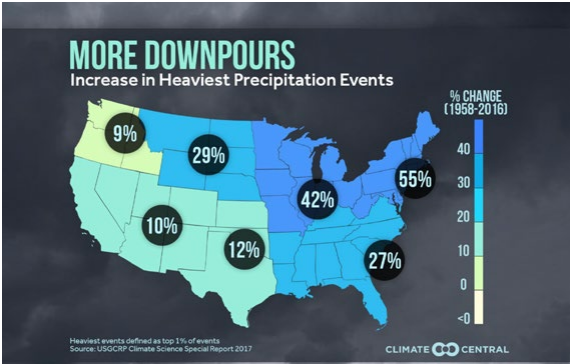
Why a basement may flood
Flooding of basements can occur any time. It can happen to anyone who has a basement, even if it never flooded before. While most often flooding occurs during big rains or rapid snowmelt in the spring, it can occur even during dry weather.
Basements are inherently prone to flooding – they are, by definition, the lowest level of a building, typically built partly or entirely below ground level.
Groundwater is water that is naturally located below the ground’s surface — the groundwater level can be, at times, above the level of the basement floor; in some locations, groundwater can be always above the level of the floor.
Sewer pipes are also located in the ground. This includes all varieties – storm, sanitary, and combined; while in most cases, sewers are below the level of the basement, the water level in the sewers can be, at times, above the level of the basement floor.
Gravity does its best to move water from high to low; if either the groundwater level or sewer level around your home is above the basement floor, gravity will try to move that water into your basement; a crack in the foundation floor, for example, provides gravity with a perfect path for water to be pushed into the basement.
Sanitary sewers always have a path to the home, by design, and it is called the sanitary sewer lateral service line; while under normal conditions, the lateral pipe allows water to flow from your home to the sewer, there is the potential for water to move from the sewer toward your home.
Cause of Basement Flooding
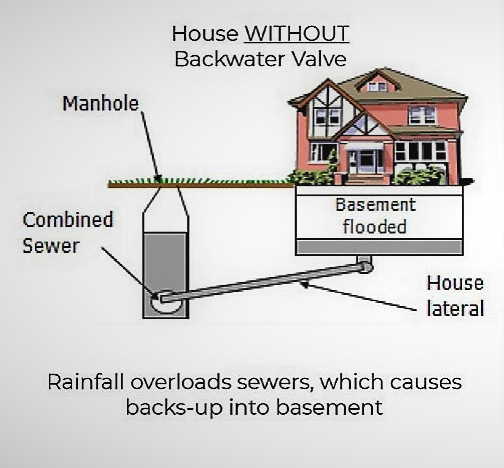
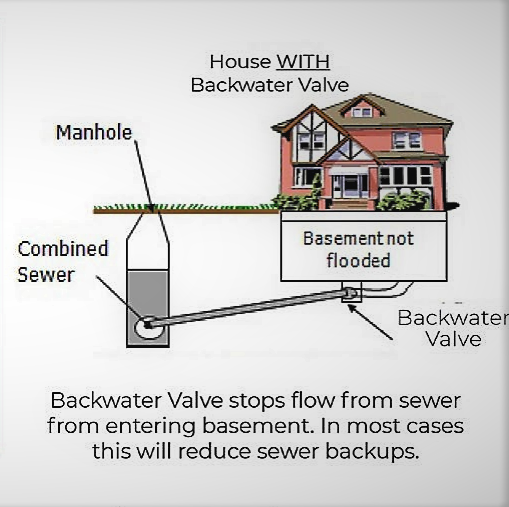
Backflow Prevention
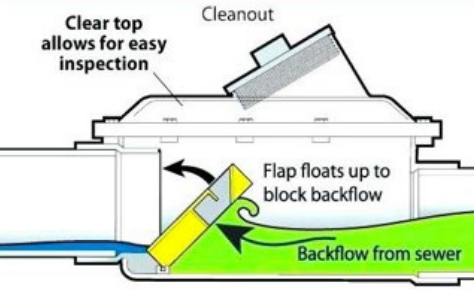
Backflow Prevention Device

Installing a backflow prevention system.
-
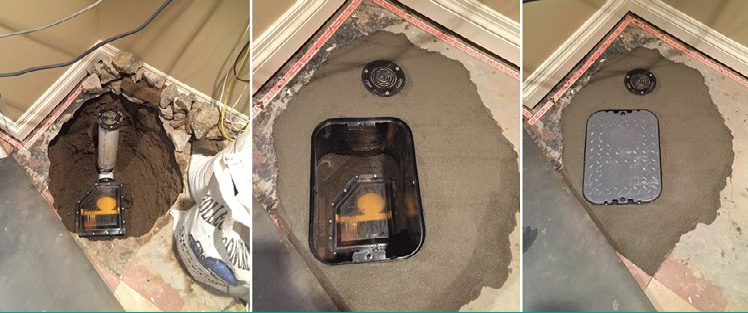
Steps involving a backwater installation.

